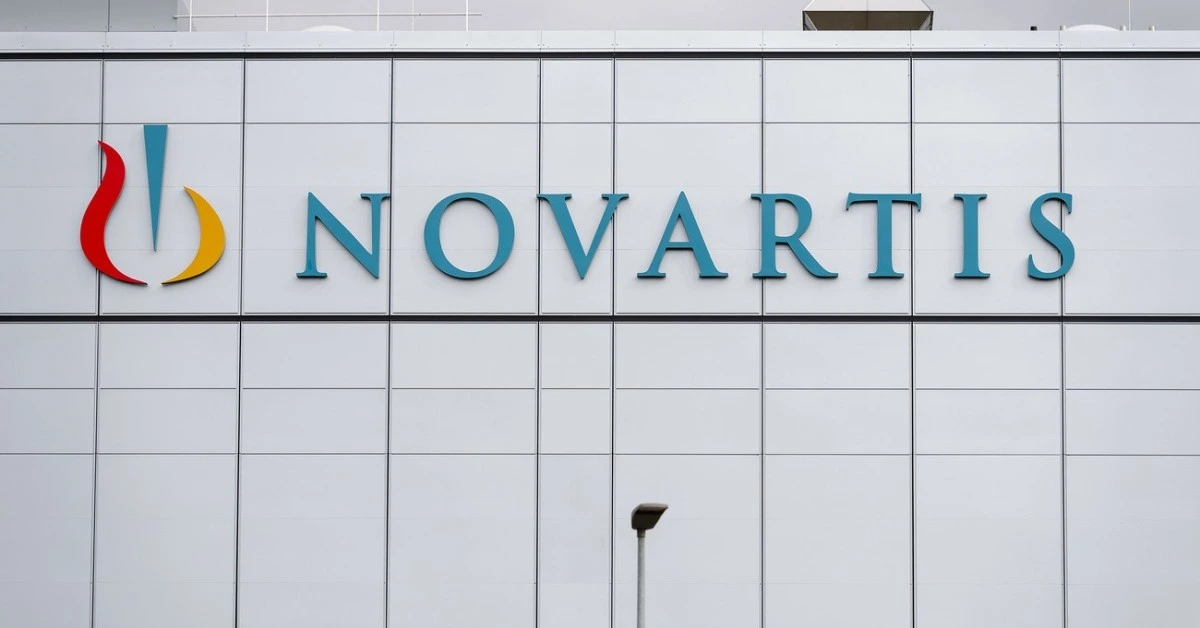
SWITZERLAND – Swiss pharmaceutical giant Novartis has clinched the top spot in the 2024 Access to Medicine Index, marking a significant milestone in its efforts to improve global health equity.
This recognition highlights the company’s leadership in access-oriented research and development, product registration across low- and middle-income countries (LMICs), and innovative business models.
However, despite this achievement, the pharmaceutical industry as a whole faces mounting criticism for its slow progress in addressing global medicine access gaps since the end of the COVID-19 pandemic.
Leadership by example
Novartis has risen from fourth place in 2022 to dethrone UK-based GSK, which had dominated the index since its inception in 2008.
The biennial index evaluates 20 of the world’s largest pharmaceutical firms on their efforts to make medicines, vaccines, and diagnostics accessible across 113 LMICs.
Half of the “Best Practices” in the 2024 report were attributed to Novartis, particularly its malaria access plans, product registrations, and late-stage pipeline access strategies.
“Our first-place ranking reflects our fundamental commitment to ensuring breakthrough medicines reach people who need them, regardless of where they live,” said Novartis CEO Vas Narasimhan.
In 2023 alone, the company reported that its medicines reached 284 million patients, including 33.2 million through targeted access initiatives.
Industry-wide challenges
Despite Novartis’ achievement, the Access to Medicine Foundation criticized the pharmaceutical sector for insufficient progress.
According to the World Health Organization (WHO), nearly two billion people still lack access to essential medicines due to affordability, availability, and inadequate adaptation to local healthcare systems.
“More companies have announced business models to expand the reach of their medicine to more people in the poorest countries,” said Jayasree Iyer, CEO of the Access to Medicine Foundation. “But we’d expect the progress to be much greater at this point.”
Declining focus on key global health threats
The report highlights a troubling decline in investment in diseases that disproportionately affect low-income nations, such as malaria and tuberculosis.
Only 93 new research and development projects for priority diseases were added across the 20 companies in the past two years, compared to 151 in the previous index.
Roche, which dropped to 11th place, has recommitted to antibiotic development, but only 13 of its 76 R&D projects target diseases like hepatitis B and antimicrobial resistance.
Other firms, such as Johnson & Johnson, have exited infectious disease programs entirely, redirecting investments toward lucrative areas like obesity and cancer.
“Unless corporations invest serious money, diseases such as dengue, tuberculosis, and neglected tropical diseases will remain undertreated for a long time,” said Sabastine Wakdok, head of research at UK-based Impact Global Health.
Voluntary licensing stalls
Voluntary licensing agreements, which allow generic manufacturers to produce patented drugs at lower costs, have also slowed.
Only two such licenses were issued during the latest reporting period, compared to six in the previous cycle.
Novartis was the sole company to grant a voluntary license for a cancer drug, a move industry critics argue is vital for reducing costs and improving access.
Gaps in clinical trials and product registration
Clinical trials and product registration remain significant barriers. Only 3.5% of global clinical trials take place in low-income countries, and nearly half of the innovative medicines analyzed are not registered in regions with the highest disease burden.
This lack of early planning hinders the availability of life-saving treatments where they are needed most.
“Companies should already think about access during the research and development stage,” said Iyer. “If they don’t plan early, they will struggle to make their drugs available later.”
Promising initiatives with limited reach
Some pharmaceutical companies have implemented inclusive business models to improve access in LMICs.
Novartis’ emerging market brands, launched in 2019, offer cheaper versions of its drugs in 44 sub-Saharan African countries.
Other firms, including Novo Nordisk, Pfizer, and Sanofi, have followed suit with similar pricing strategies. However, these initiatives have been criticized for their limited impact.
For instance, Novartis launched a lower-cost version of its heart failure drug sacubitril/valsartan (Entresto) but made it available in only one low-income country.
Similarly, while Sanofi has reached over 260,000 patients with its access programs, the lack of detailed regional data raises questions about scalability.
XRP HEALTHCARE L.L.C | License Number: 2312867.01 | Dubai | © Copyright 2025 | All Rights Reserved